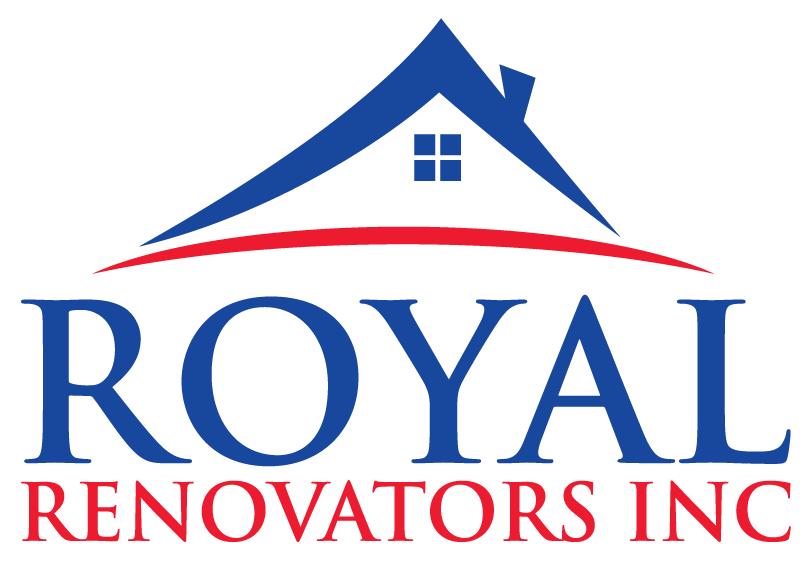Resilient Roofing Materials: Enhancing Durability And Sustainability

The roof is one of the most critical components of any building, providing protection against the elements and ensuring the structural integrity of the property. In recent years, there has been a growing emphasis on resilient roofing materials that offer enhanced durability, sustainability, and longevity. Reach out to a competent roofer to get resilient roofing materials. These materials are designed to withstand harsh weather conditions, reduce maintenance needs, and contribute to a more sustainable built environment. In this article, we will explore some of the resilient roofing materials available today and discuss their advantages.
- Metal Roofing:
Metal roofing has become increasingly popular due to its remarkable durability and longevity. Constructed from materials such as steel, aluminum, or copper, metal roofs can endure for 50 years or more with minimal upkeep. They exhibit exceptional resistance to fire, rot, and insect damage, making them particularly suitable for regions prone to wildfires or high humidity. The lightweight nature of metal roofs also alleviates the strain on the building’s structure. Moreover, at the end of their lifespan, metal roofs are recyclable, contributing to an eco-friendly approach. The combination of longevity, low maintenance requirements, and sustainability make metal roofing an attractive option for those seeking a reliable and environmentally conscious roofing solution.
- Concrete Roof Tiles:
Concrete roof tiles provide a winning combination of durability and aesthetic appeal. These tiles, composed of cement, sand, and water, boast impressive resistance to fire, wind, and impact. They can withstand even the harshest weather conditions, including heavy rain, snow, and hail. With a wide range of styles, colors, and textures to choose from, concrete roof tiles offer versatility in achieving the desired architectural look. They have a long lifespan, often surpassing 50 years, and demand minimal maintenance. Furthermore, concrete roof tiles exhibit excellent thermal performance, enhancing energy efficiency in buildings. Their many advantages make them a popular and reliable choice for homeowners.
- Clay Roof Tiles:
For centuries, clay roof tiles have been favored for their enduring beauty and exceptional durability. Crafted from natural clay materials, these tiles possess remarkable resistance to fire, insects, and decay. They can withstand extreme temperatures and endure harsh weather conditions with ease. The versatility of clay roof tiles is evident in the variety of shapes, sizes, and colors available, allowing for limitless design possibilities. With proper maintenance, these tiles can last well over 100 years, making them a long-lasting investment. Additionally, clay roof tiles are environmentally friendly as they are recyclable, contributing to sustainable building practices. The combination of timeless aesthetics, strength, and sustainability makes clay roof tiles a popular choice for those seeking a reliable and visually appealing roofing solution.
- Synthetic Roofing Materials:
Synthetic roofing materials, such as synthetic slate and rubber roofing, offer a resilient and cost-effective alternative to traditional roofing materials. Synthetic slate is made from a combination of recycled rubber and plastic, providing excellent durability and impact resistance. It replicates the appearance of natural slate while offering enhanced performance and longevity. Rubber roofing, often made from recycled tires, is highly resistant to weathering, UV rays, and thermal cycling. It is lightweight, easy to install, and has a long lifespan.
- Solar Roofing:
Solar roofing integrates photovoltaic (PV) cells into roofing materials, allowing for the generation of electricity from sunlight. While solar panels are typically installed on top of existing roofs, solar roofing materials are designed to replace traditional roofing materials and seamlessly blend in with the building’s aesthetics. Solar roofing provides the dual benefits of a durable roof and renewable energy production. It can reduce a building’s reliance on the grid, lower energy costs, and contribute to environmental sustainability.
Advantages of Resilient Roofing Materials:
Resilient roofing materials offer numerous advantages that make them an excellent choice for homeowners. Here are some key benefits:
- Durability: Resilient roofing materials are specifically engineered to withstand harsh weather conditions. They exhibit exceptional resistance to high winds, heavy rain, hail, and even fire. With their ability to resist rot and insect damage, these materials ensure long-term performance and protect the home’s structure.
- Longevity: Resilient roofing materials often have an extended lifespan compared to traditional options. This means fewer roof replacements over the years, resulting in cost savings and reduced waste. Homeowners can enjoy the peace of mind that comes with a durable roof that can withstand the test of time.
- Low Maintenance: Many resilient roofing materials require minimal maintenance. They are designed to be low-maintenance, reducing the need for regular repairs and inspections. This not only saves homeowners time but also reduces maintenance costs over the life of the roof.
- Energy Efficiency: Certain resilient roofing materials contribute to energy efficiency. For example, metal roofs are known for their ability to reflect sunlight, reducing heat transfer and keeping the home cooler. Additionally, solar roofing systems generate renewable electricity, further reducing reliance on traditional energy sources. These energy-efficient properties can lead to lower energy bills and a reduced environmental impact.
- Sustainability: Resilient roofing materials often have sustainable characteristics. For instance, metal roofs and synthetic materials are frequently made from recycled or recyclable materials. This reduces the demand for new raw materials and contributes to waste reduction. At the end of their lifespan, these materials can be recycled rather than ending up in landfills, further promoting sustainability.
Conclusion
Resilient roofing materials offer numerous advantages, including enhanced durability, longevity, low maintenance requirements, energy efficiency, and sustainability. They provide a reliable solution to protect buildings against harsh weather conditions and reduce the environmental impact of construction and maintenance. When selecting a roofing material, it is crucial to consider factors such as local climate, architectural style, maintenance needs, and long-term goals for the property.
By choosing resilient roofing materials, homeowners and builders can invest in a durable, sustainable, and cost-effective roofing solution. Reach out to our team of expert roofers today at 118-35 Queens Blvd Forest Hills, NY 11375 (718) 414-6067 https://www.nycrenovators.com
Our Post Lists
Copyright Ⓒ 2022 Royal Renovators Inc. All Rights Reserved

